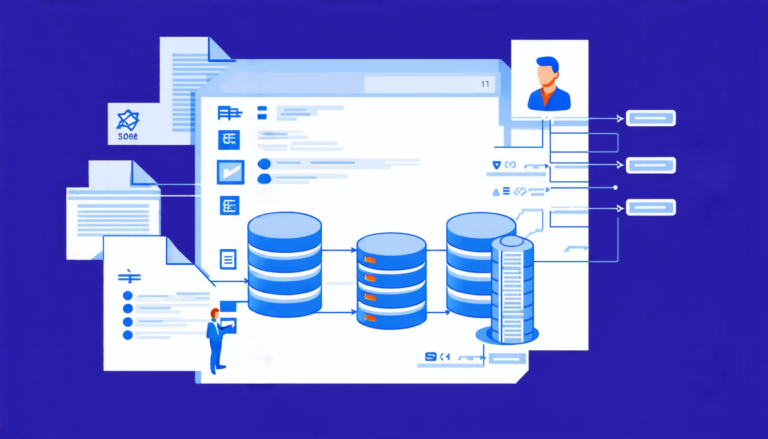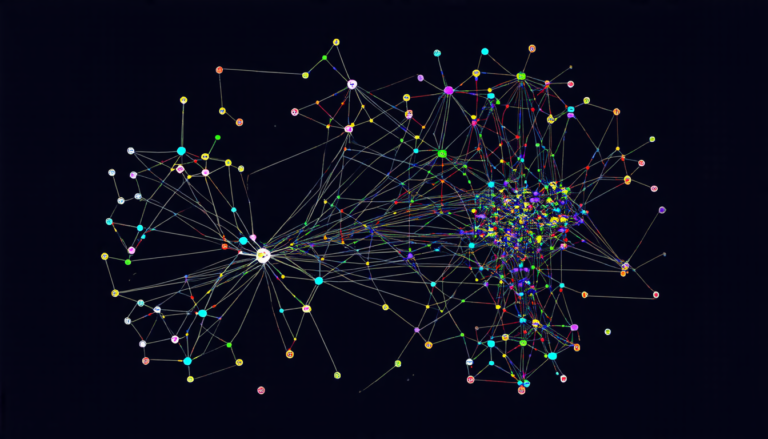Sunday 06 April 2025
In recent years, the way we measure and understand scientific research has been undergoing a significant transformation. The traditional metrics used to evaluate the impact of science have been challenged by new approaches that aim to provide a more accurate picture of how knowledge is created and shared.
One of the key issues with traditional metrics is that they often focus on the quantity of research produced, rather than its quality or relevance. For example, publishing a large number of papers can be seen as a measure of success, even if the research itself is not particularly influential or impactful. This has led to concerns about the emphasis on quantity over quality in scientific research.
To address this issue, new metrics have been developed that aim to capture more nuanced aspects of scientific research. For example, some researchers are now using citation analysis to evaluate the influence of a particular study, rather than simply counting the number of papers published. This approach takes into account not only the quantity of citations received by a paper, but also their quality and relevance.
Another area where new metrics are being developed is in the evaluation of research impact. Traditionally, this has been measured through surveys or interviews with researchers themselves, which can be time-consuming and subjective. New approaches involve using digital data to track how research is used and shared online, such as through social media or academic databases.
The development of these new metrics is not without its challenges. For example, there are concerns about the potential for bias in citation analysis, particularly if certain journals or researchers are more likely to be cited than others. Similarly, there may be issues with relying too heavily on digital data, such as biases in online activity or incomplete coverage.
Despite these challenges, the development of new metrics is an important step towards creating a more accurate and nuanced understanding of scientific research. By moving away from simplistic measures like publication counts, we can gain a better sense of what drives innovation and progress in different fields.
In particular, the use of citation analysis and digital data to track research impact has the potential to provide a more comprehensive picture of how knowledge is created and shared. This could help researchers to identify areas where their work is having the greatest impact, and to target resources accordingly.
Ultimately, the development of new metrics is an ongoing process that will require continued innovation and experimentation. However, by working towards a more accurate and nuanced understanding of scientific research, we can create a better foundation for making informed decisions about how to invest in research and innovation.
Cite this article: “Unraveling the Complexities of Science: A Critical Examination of Knowledge Dynamics and Institutional Factors in Contemporary Research”, The Science Archive, 2025.
Science, Metrics, Research, Quality, Quantity, Citation, Analysis, Digital Data, Impact, Innovation
Reference: Andrea Scharnhorst, “Measuring a moving target — Innovation studies in practice” (2025).







